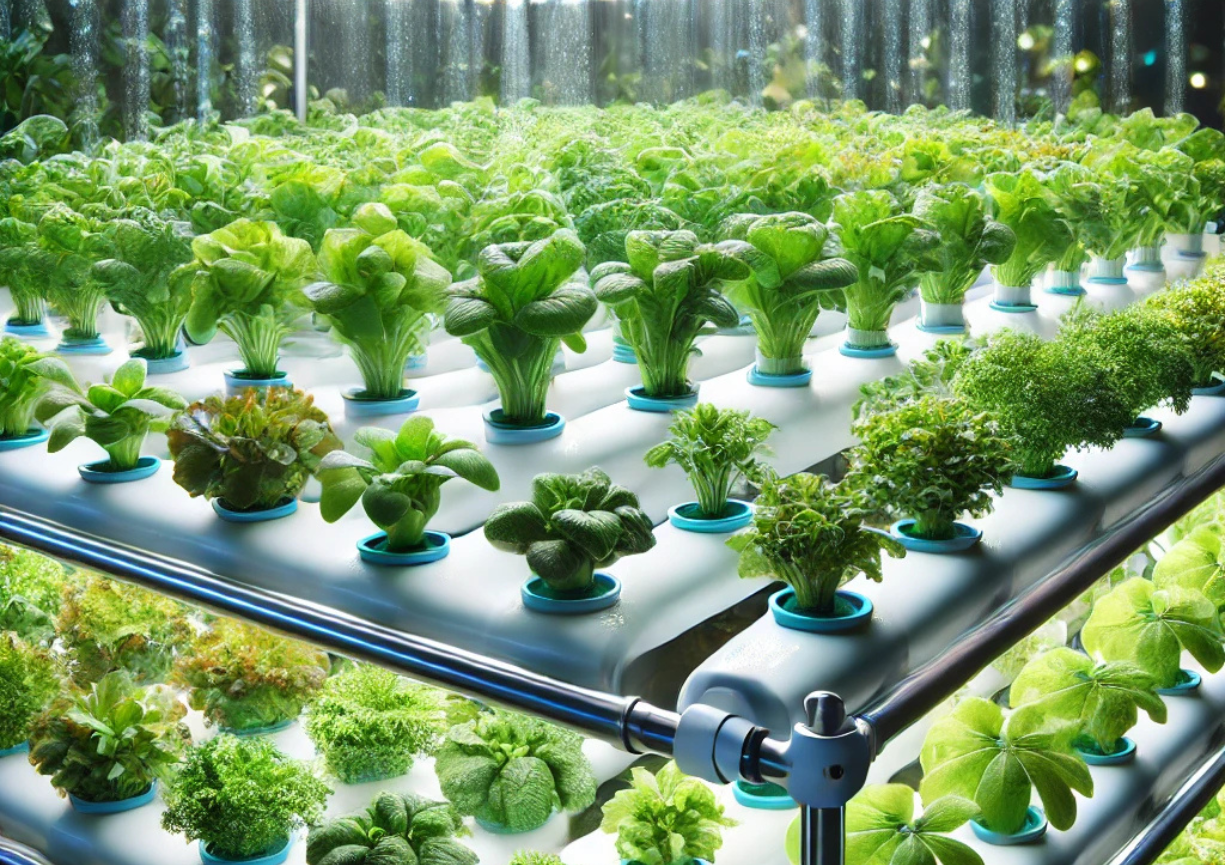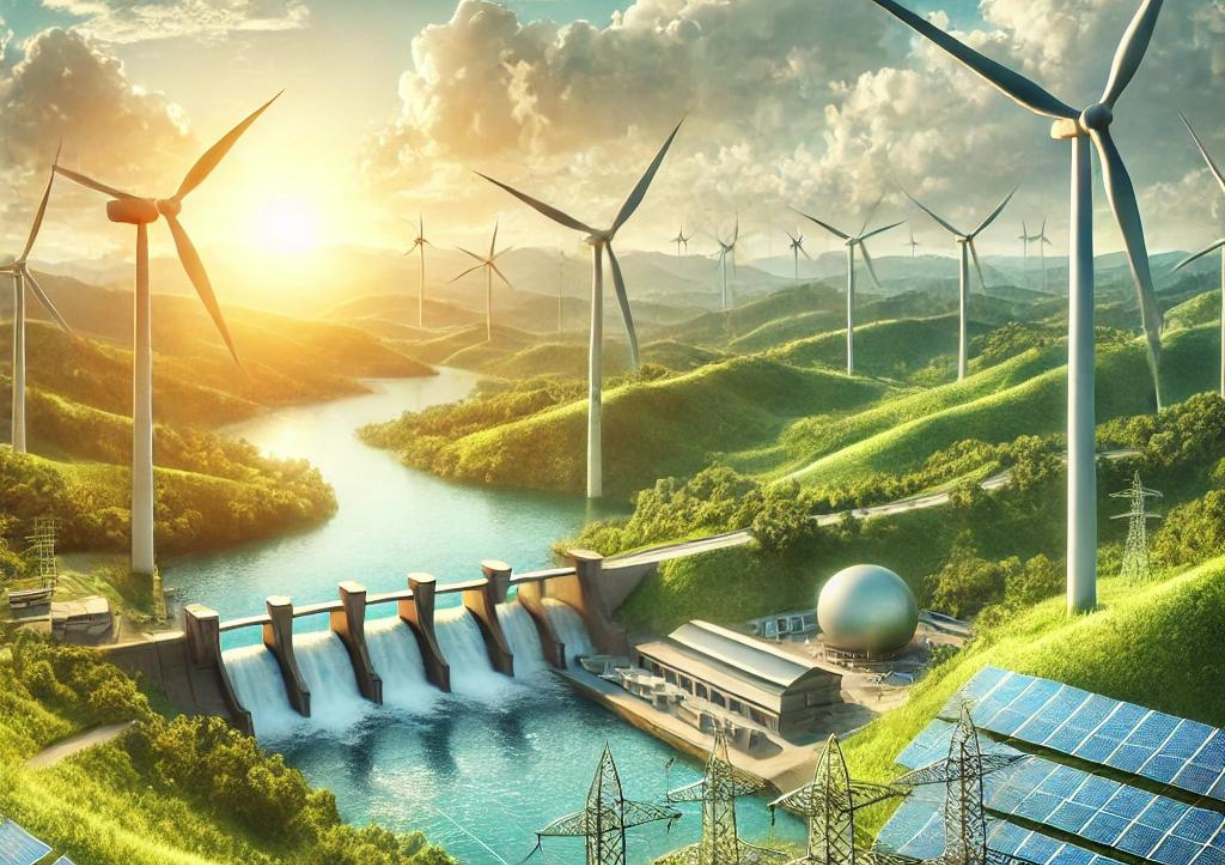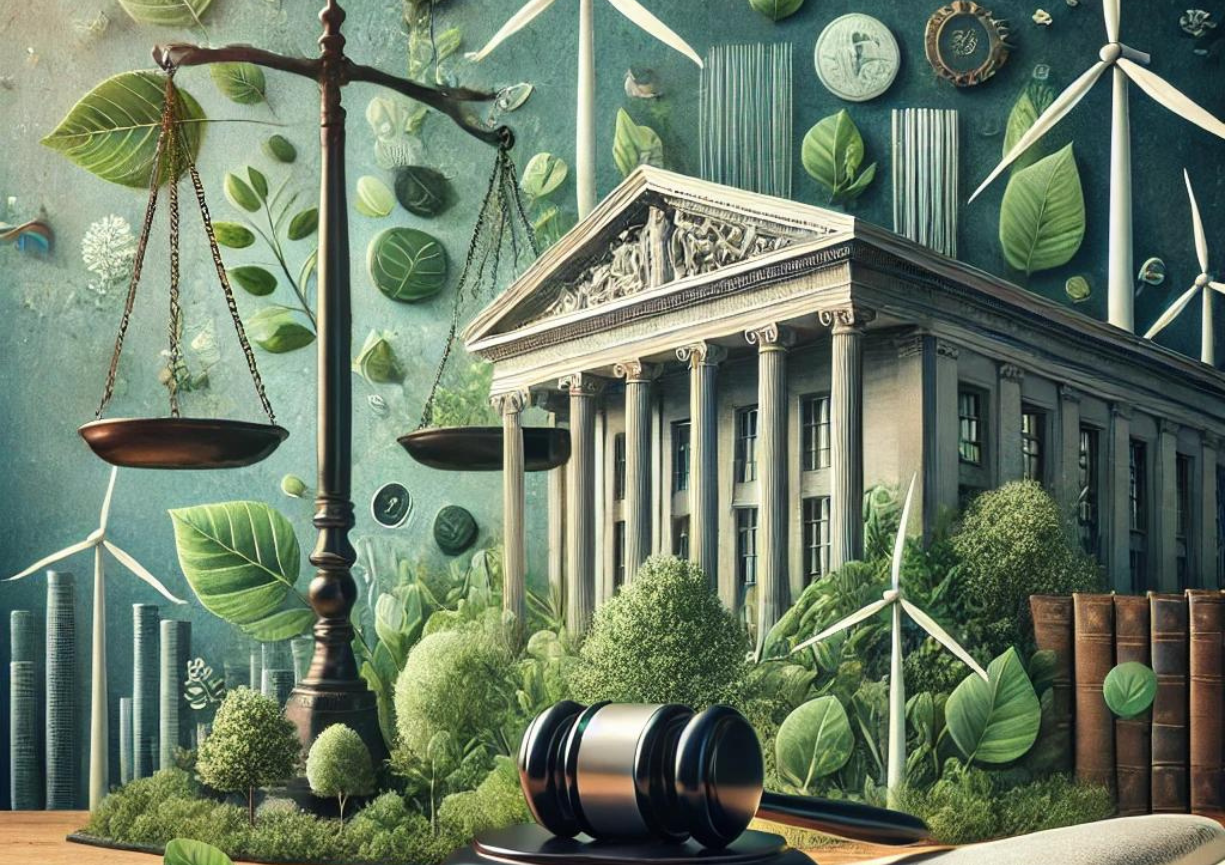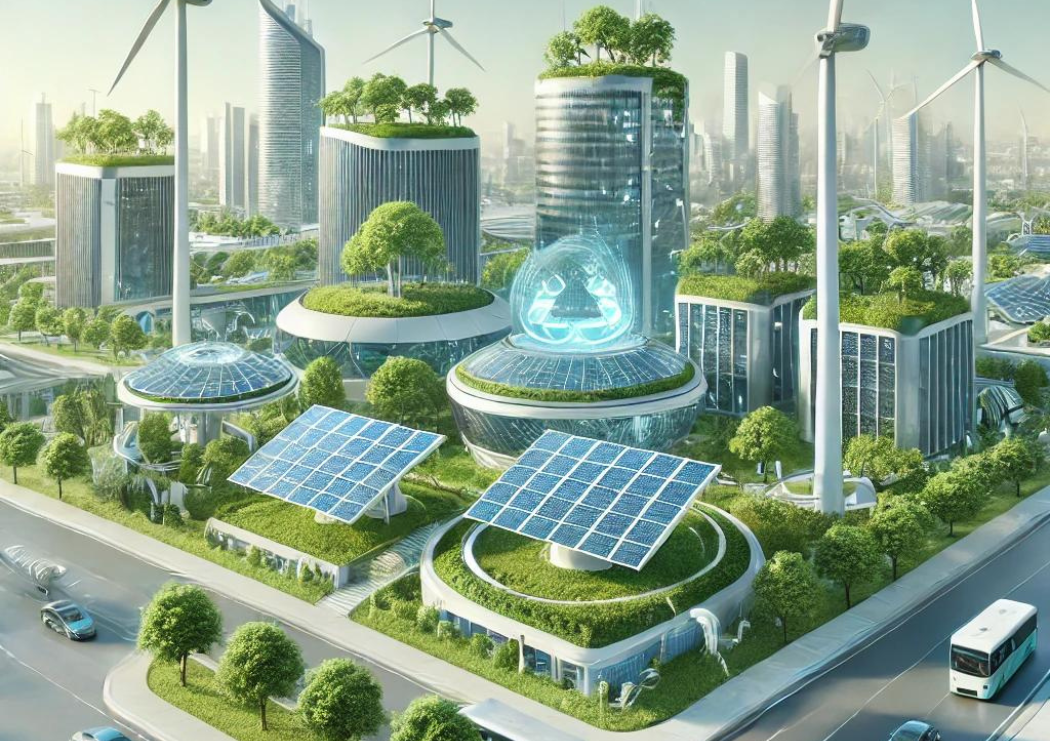What is Hydroponics?

Hydroponics is a method of growing plants without soil by using nutrient-rich water solutions. This innovative approach allows plants to thrive in controlled environments, offering several advantages over traditional soil-based farming.
Although some hydroponic and aquaponic producers have received organic certification, there is ongoing debate about whether crops grown without soil align with organic agriculture principles, which traditionally focus on soil health. Despite concerns from land-based farmers, the National Organic Standards Board recently voted not to exclude hydroponic and aquaponic systems from organic certification.
A typical hydroponic system consists of several key components:
- Nutrient Reservoir: Holds the nutrient-rich solution that feeds the plants.
- Grow Trays/Channels: Hold plants in place while allowing roots to access the water solution.
- Pumps and Irrigation: Circulate water through the system to maintain proper hydration and nutrient distribution.
- Lighting: Provides the necessary light for photosynthesis in indoor setups. Options include LED, fluorescent, or HID lights.
Setting Up an NFT (Nutrient Film Technique) System
NFT systems are popular in hydroponics for growing leafy greens. They involve shallow trays or channels, a water reservoir, and a pump to circulate the water and nutrients. Here’s what you’ll need:
- A reservoir to hold the nutrient solution.
- Channels for the plants.
- A pump to circulate the nutrient-rich water.
- Irrigation lines, emitters, and a drain system to return the nutrient solution to the reservoir.
For more details on hydroponic setups, check out Cornell University's Hydroponic Lettuce Handbook.
Hydroponic systems are especially effective for growing leafy greens such as:
- Butterhead lettuce
- Spinach
- Microgreens
- Kale
- Herbs (e.g., basil, mint)
Hydroponic systems offer several advantages:
- Efficient Use of Water: Hydroponic systems typically use less water than traditional farming, as water is recirculated through the system.
- Faster Plant Growth: With direct access to nutrients, plants can grow faster and healthier in hydroponic systems.
- Space Saving: Ideal for small spaces or urban environments where traditional farming isn’t feasible.
- Less Vulnerable to Pests: Growing indoors reduces the risk of common agricultural pests and extreme weather conditions.
While hydroponics presents many advantages, there are some challenges to consider:
- Energy Use: Many systems, particularly those relying on grow lights, consume significant amounts of energy.
- Initial Setup Costs: The initial costs of hydroponic equipment and materials can be high, though long-term savings are possible.
- British Hydroponics: Comprehensive resource for hydroponic tools, kits, and advice.
- Cornell University's Hydroponic Lettuce Handbook: Learn how to grow lettuce hydroponically.
- National Agricultural Library (USDA): Learn more about hydroponic farming and sustainable agriculture.
Hydroponics offers a sustainable, water-efficient alternative to traditional farming. As interest in this method grows, it’s becoming more accessible and adaptable to both small-scale gardeners and commercial farmers. Whether you’re interested in growing leafy greens or larger crops, hydroponics can be an effective way to produce food sustainably.






Leave a comment